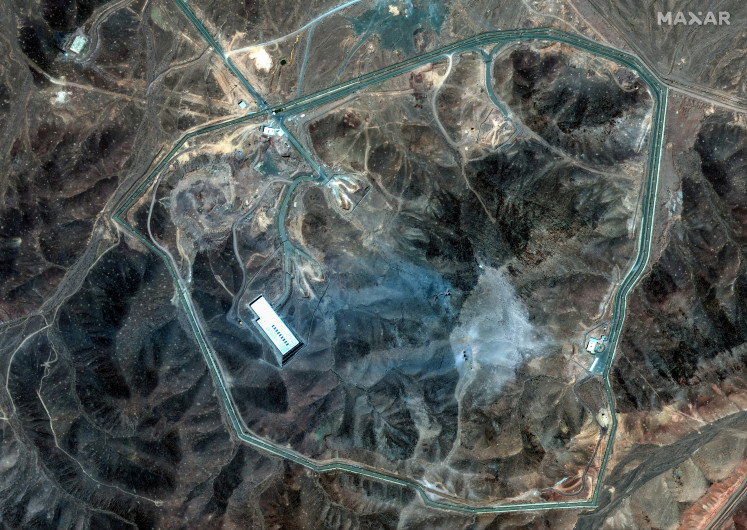Popular Reads
Top Results
Can't find what you're looking for?
View all search resultsPopular Reads
Top Results
Can't find what you're looking for?
View all search resultsYour letters: Utilizing oil-palm waste
Oil palm empty fruit bunches (OPEFB) are considered the most abundant bio-waste from oil palm plantations
Change text size
Gift Premium Articles
to Anyone

O
il palm empty fruit bunches (OPEFB) are considered the most abundant bio-waste from oil palm plantations. There are said to be 22 million tons of OPEFB resulting from approximately 7.8 million hectares of oil palm plantation, with CPO production at around 19.8 million tons in Indonesia.
OPEFB are regularly collected and processed at palm oil mills, then usually left after the removal of the fruits. Partially they are utilized for mulching and also for fertilizer. However, most parts of the empty fruit bunches are not properly utilized. As their burning, which used to be done at mills, is banned, many of them are returned to plantation sites as compost.
The term wood-plastic composites (WPCs) refer to composite materials that contain plant fibers (including wood and non-wood) and thermosets or thermoplastics. Thermosets are synthetic materials or plastics that strengthen when heated, but are unable to be remolded after the initial heat-forming, contrasting with the thermoplastics, which soften when heated and harden and strengthen after cooling. There are some widely used thermoplastics for WPCs, such as polypropylene (PP), polyethylene (PE) and polyvinyl chloride (PVC).
Currently these thermoplastics are very common in building, construction, furniture and automotive products. Furthermore, WPCs are used in automotive industries because of their strength/ weight and stiffness/ weight ratios.
Recycled polypropylene (rPP) is easily found because of the abundance of plastic waste and the awareness of reusing the waste. Recently, they have been provided by home industries and are available in enormous quantities.
Drawing from the use of OPEFB fibers and recycled polypropylene for WPCs, three researchers from the research and development unit for biomaterials at the Indonesian Institute of Sciences (LIPI), Lilik Astari, Ismadi and Sasa Sofyan Munawar, worked on a research project titled 'Production of Wood-Plastic Composites from Oil Palm Empty Fruit Bunches Fibers and Recycled Polypropylene' in 2012.
The research was carried out to investigate the mechanical and physical properties of WPCs from oil palm empty fruit bunches fibers and recycled polypropylene.
The materials used in this research were fibers from OPEFB, maleated polypropylene (MAPP) as a coupling agent and rPP. Meanwhile, the equipment used included a ring flaker machine, a hammer mill, 40, 60 and 80 mesh sieves, a hot-press machine and a universal testing machine.
Swistien Kustantyana
Jakarta









